The Salkantay trek to Machu Picchu is one of the most popular trekking routes in Peru, offering breathtaking landscapes ranging from towering glaciers to lush tropical forests. This challenging route is an ideal alternative to the famous Inca Trail, allowing adventurers to explore varied and less-traveled terrain. If you’re considering taking on this journey, one of the most important factors to consider is the season. Choosing the right time can make the difference between a spectacular trip and one filled with weather-related challenges. In this guide, we’ll help you discover the best season to do the trek and give you essential tips to plan your adventure.
Where is the Salkantay Mountain located?
The Salkantay Mountain is located in the Vilcabamba mountain range in the Peruvian Andes, about 60 kilometers northwest of Cusco. Standing at 6,271 meters above sea level, Salkantay is one of the highest mountains in the region and a sacred figure in the Andean worldview. During the trek, you’ll have the chance to get close to its majestic snow-covered peaks—an awe-inspiring sight.
Where is Machu Picchu located?
Machu Picchu, the most iconic Inca citadel, is located at 2,430 meters above sea level in the Cusco region. Surrounded by lush mountains and wrapped in an aura of mystery, this world wonder is the final destination of the Salkantay Trek. Its strategic location between the Andes and the high jungle not only offers spectacular views but also a climate that varies depending on the season.
What is the best season for the Salkantay Trek to Machu Picchu?
Rainy Season (November to March)
The rainy season in the Cusco region occurs between November and March. During this period, the trails can become slippery and hard to walk due to mud. Frequent rain can also limit visibility and make certain parts of the trail more difficult to cross.
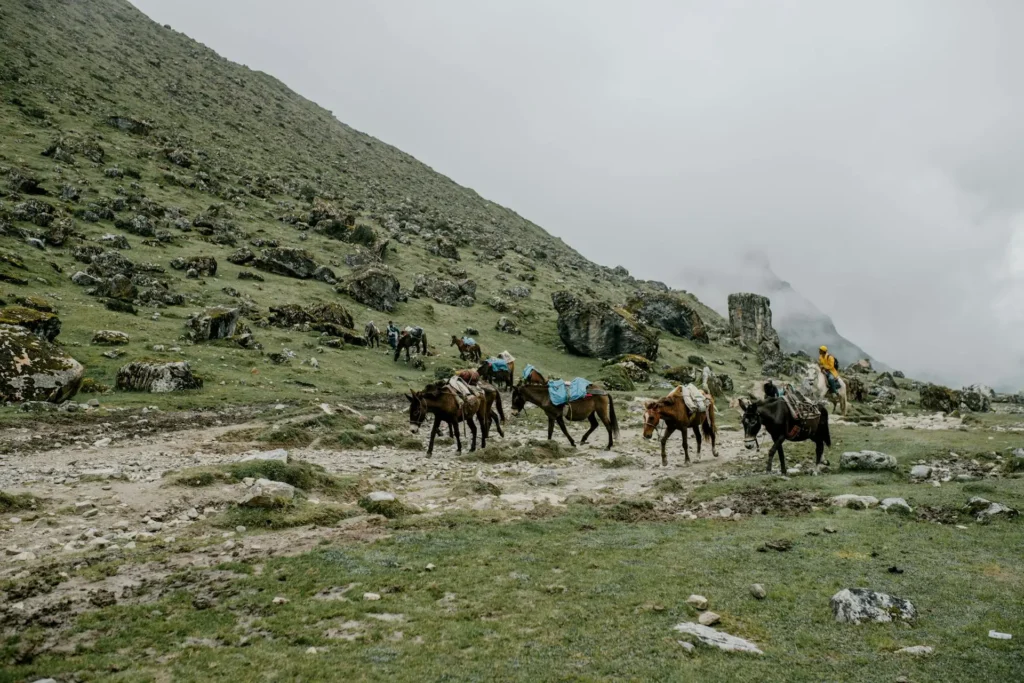
However, there are advantages to choosing this period. The vegetation is at its greenest, and the number of tourists drops significantly, offering a more peaceful experience. If you decide to hike during the rainy season, make sure to bring waterproof clothing and appropriate footwear.
Dry Season (April to October)
The dry season is the most popular time to do the Salkantay trek to Machu Picchu. During these months, rain is scarce and the skies are usually clear, providing ideal trekking conditions and spectacular views of the landscapes. Although temperatures can be cold—especially at night and in higher altitudes—most days are sunny and pleasant for hiking.
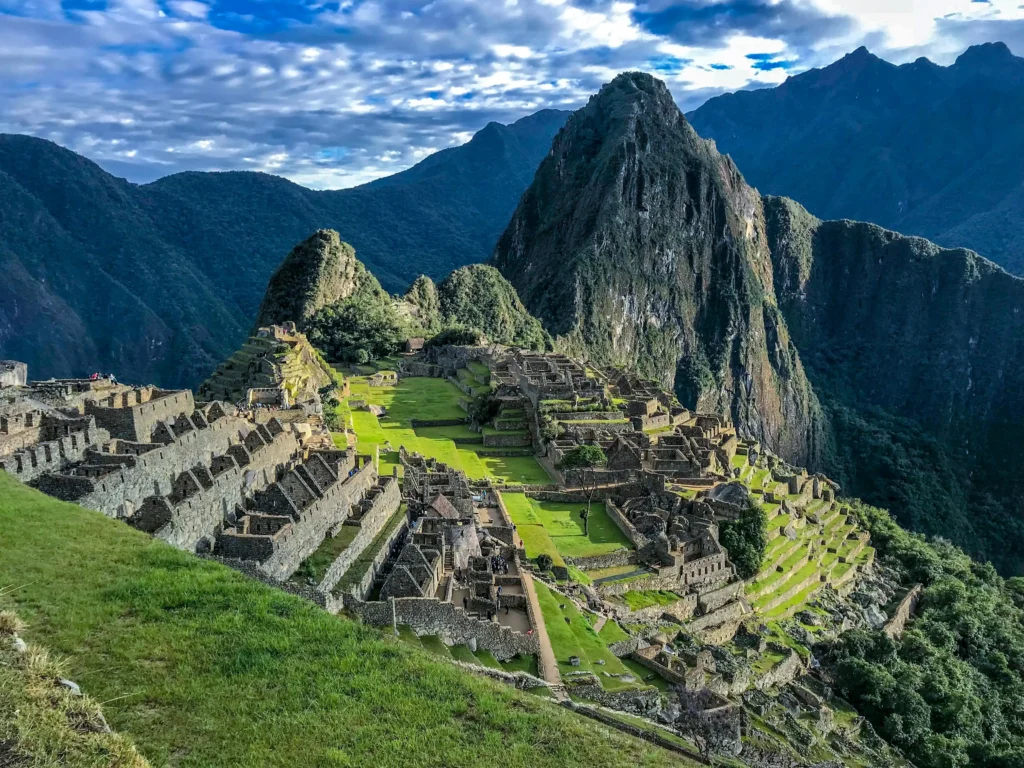
The dry season coincides with Cusco’s high tourist season, meaning the trails will be more crowded. It’s important to book in advance to secure your spot on the trek, especially during June and July, which align with local festivities.
The Essential Guide
If you’re looking for the best weather conditions and the most comfortable experience, the dry season is the ideal option. However, if you prefer to avoid the crowds and are willing to face the rain, the rainy season can also be an interesting alternative.
What’s the Average Temperature on the Salkantay to Machu Picchu Trek?
Average Temperature Throughout the Year
Temperatures along the Salkantay route vary significantly depending on altitude and time of day. In higher areas like the Salkantay Pass, temperatures can drop as low as -5 °C (23 °F) at night. In contrast, in lower elevations and near Machu Picchu, temperatures range between 10 °C and 25 °C (50–77 °F).
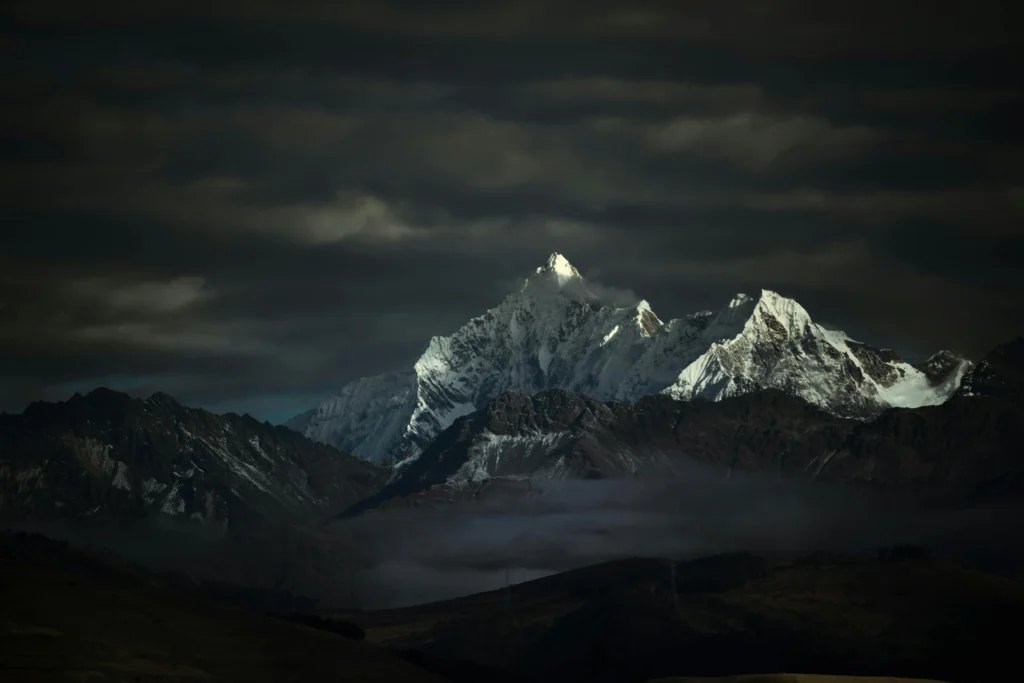
Salkantay Trek in:
November: Start of the rainy season. Landscapes are lush, but trails may be difficult.
January: Heavy rainfall and fewer tourists. Requires specialized gear.
February: Month with the most precipitation. Not recommended for trekking.
March: End of the rainy season. Trails begin to dry, but rain is still frequent.
April: Start of the dry season, with ideal trekking conditions.
Dry Season on the Salkantay Trek: What to Expect?
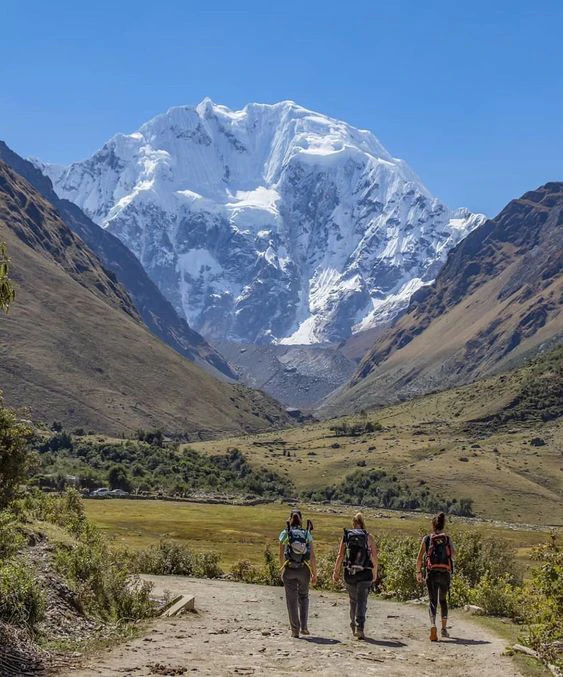
Salkantay Trek in:
May: Marks the beginning of the dry weather, with sunny days and cool nights. A great time to enjoy the scenery without the peak-season crowds.
June: One of the most popular months due to excellent weather and local festivities like Inti Raymi. Expect crowded trails.
July: Ideal weather, but nighttime temperatures are low. A very busy month, so early reservations are recommended.
August: Similar conditions to July—clear skies and sunny days. Nights remain cold.
September: Weather begins to warm and crowds lessen. An ideal month for those seeking a balance between climate and tranquility.
October: End of the dry season, with pleasant daytime temperatures and occasional light rain. A good option to avoid the tourist rush.
What to Pack for the Salkantay Trek?
Waterproof and warm clothing. Comfortable, durable hiking boots. Sunscreen and sunglasses. Trekking poles. Water and energy snacks. A camera or phone to capture the scenery.
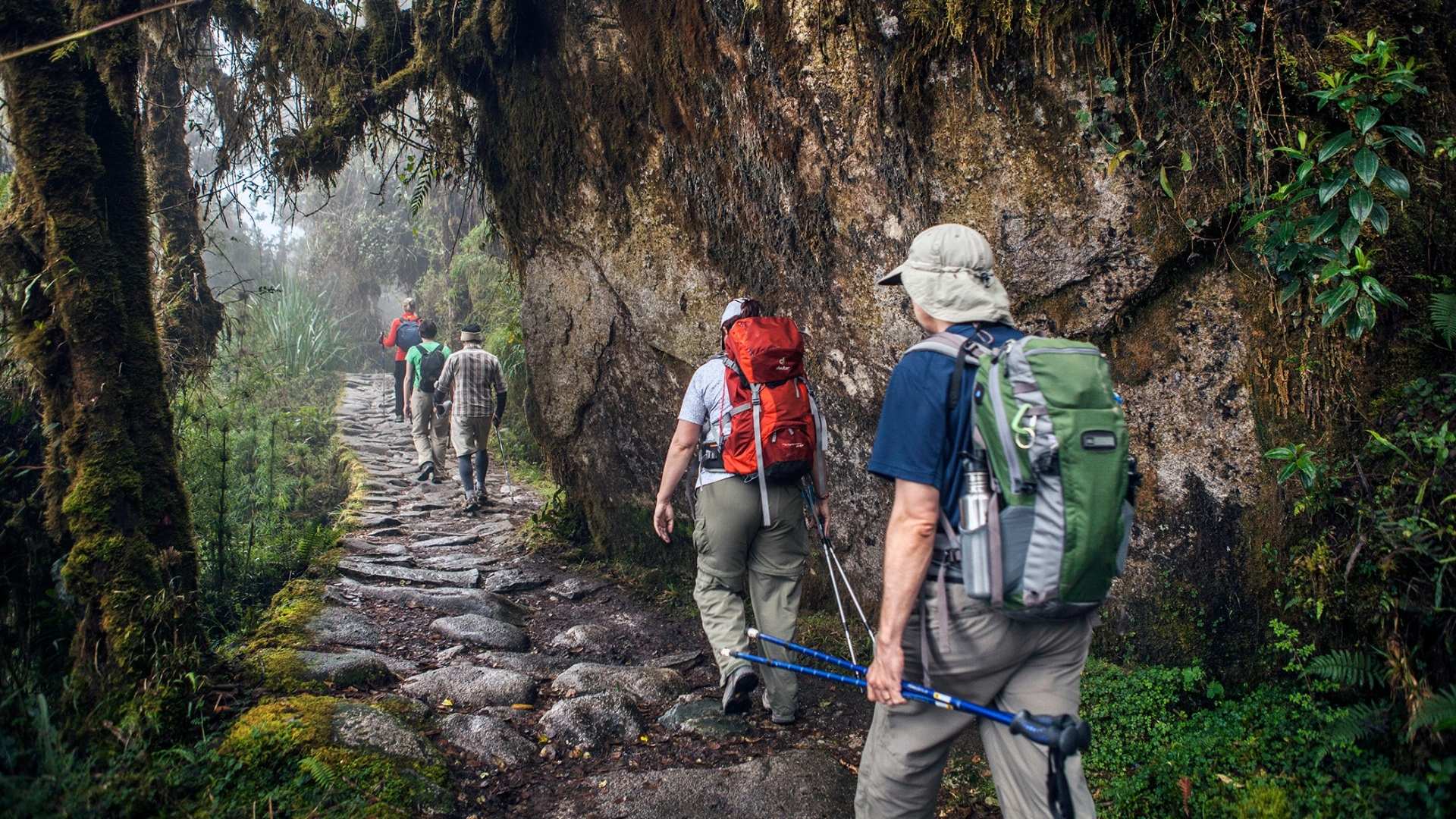
Salkantay Trek in:
May: Marks the beginning of the dry weather, with sunny days and cool nights. A great time to enjoy the scenery without the peak-season crowds.
June: One of the most popular months due to excellent weather and local festivities like Inti Raymi. Expect crowded trails.
July: Ideal weather, but nighttime temperatures are low. A very busy month, so early reservations are recommended.
August: Similar conditions to July clear skies and sunny days. Nights remain cold.
September: Weather begins to warm and crowds lessen. An ideal month for those seeking a balance between climate and tranquility.
October: End of the dry season, with pleasant daytime temperatures and occasional light rain. A good option to avoid the tourist rush.
What to Pack for the Salkantay Trek?
Waterproof and warm clothing. Comfortable, durable hiking boots. Sunscreen and sunglasses. Trekking poles. Water and energy snacks. A camera or phone to capture the scenery.

What Is the Coldest Month on the Salkantay Trek?
June and July are the coldest months on the Salkantay route, especially at night in higher altitudes. It is important to bring thermal clothing and sleeping bags suitable for these temperatures.
Frequently Asked Questions About the Salkantay Trek to Machu Picchu
Is a guide necessary for the Salkantay Trek?
While it’s possible to do the trek independently, hiring a guide or joining an organized tour is recommended to ensure safety and proper logistics.
How long does the Salkantay to Machu Picchu trek take?
The Salkantay trek usually lasts 5 days, depending on the chosen route and itinerary.
Is it advisable to trek during the rainy season?
It’s not ideal due to trail conditions, but it is possible if you’re prepared for the weather and have the right gear.
What level of physical fitness is required?
A moderate to high level of physical fitness is required, as the trek includes challenging terrain and significant altitude changes.